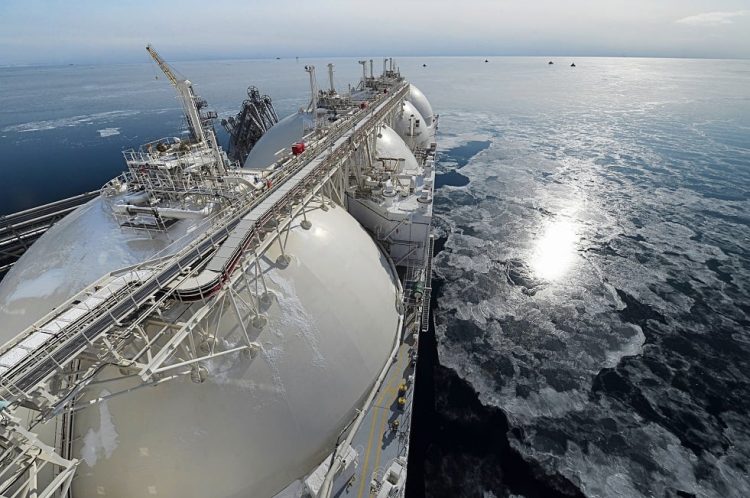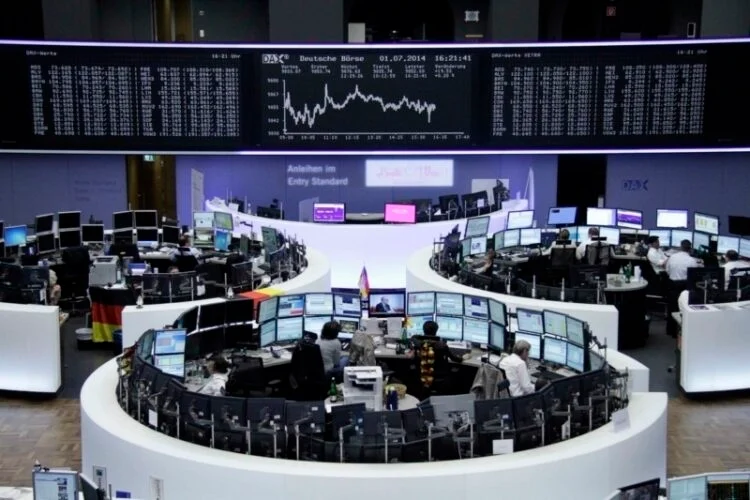Publisher: Maaal International Media Company
License: 465734
Asia’s LNG purchases from spot market rise amid falling prices
اقرأ المزيد
LNG buyers from China, India and parts of Southeast Asia are buying more cargoes of this fuel from the spot market after prices fell to the lowest level in nearly three years.
According to Reuters, analysts said that the recovery in demand supported by favorable prices may push imports from China, the world’s largest buyer of liquefied natural gas, beyond the record level of 78.8 million tons recorded in 2021. It will also increase India’s imports by about ten percent this year, which will lead to a shortage. Global supplies and then ultimately raise prices.
According to Standard & Poor’s Global Commodity Insights data, spot imports of liquefied natural gas by Asian buyers rose by about a third in the first quarter of the year to 161 shipments, and spot prices for Asia are estimated on average for this period at about $9.82 per million British thermal units. Compared to 125 shipments in the same period in 2023 when prices averaged $18.75 per mmBtu.
Global gas markets are witnessing greater supplies after weaker than expected demand due to milder winter weather and higher inventories in the United States, Europe and Japan. Asian LNG prices reached $8.30 per million British thermal units earlier this month, their lowest levels since April 2021, before recording a slight increase to $8.60 per million British thermal units due to purchasing from the spot market.
This is still well below the record of $70 per million British thermal units set in August 2022 after the Russian invasion of Ukraine, which prompted some price-sensitive Asian buyers to switch to other fuels such as oil and liquefied petroleum gas.
LNG was usually sold through long-term contracts, but the spot market has become more active and reached 35 percent of global trade by 2022, up from five percent in 2000, according to the latest data from the International Group of LNG Importers.
Increased LNG imports in China and India are not expected to lead to a significant decline in coal demand, as overall energy demand continues to grow and both countries continue to prioritize domestically produced fuels including coal.








